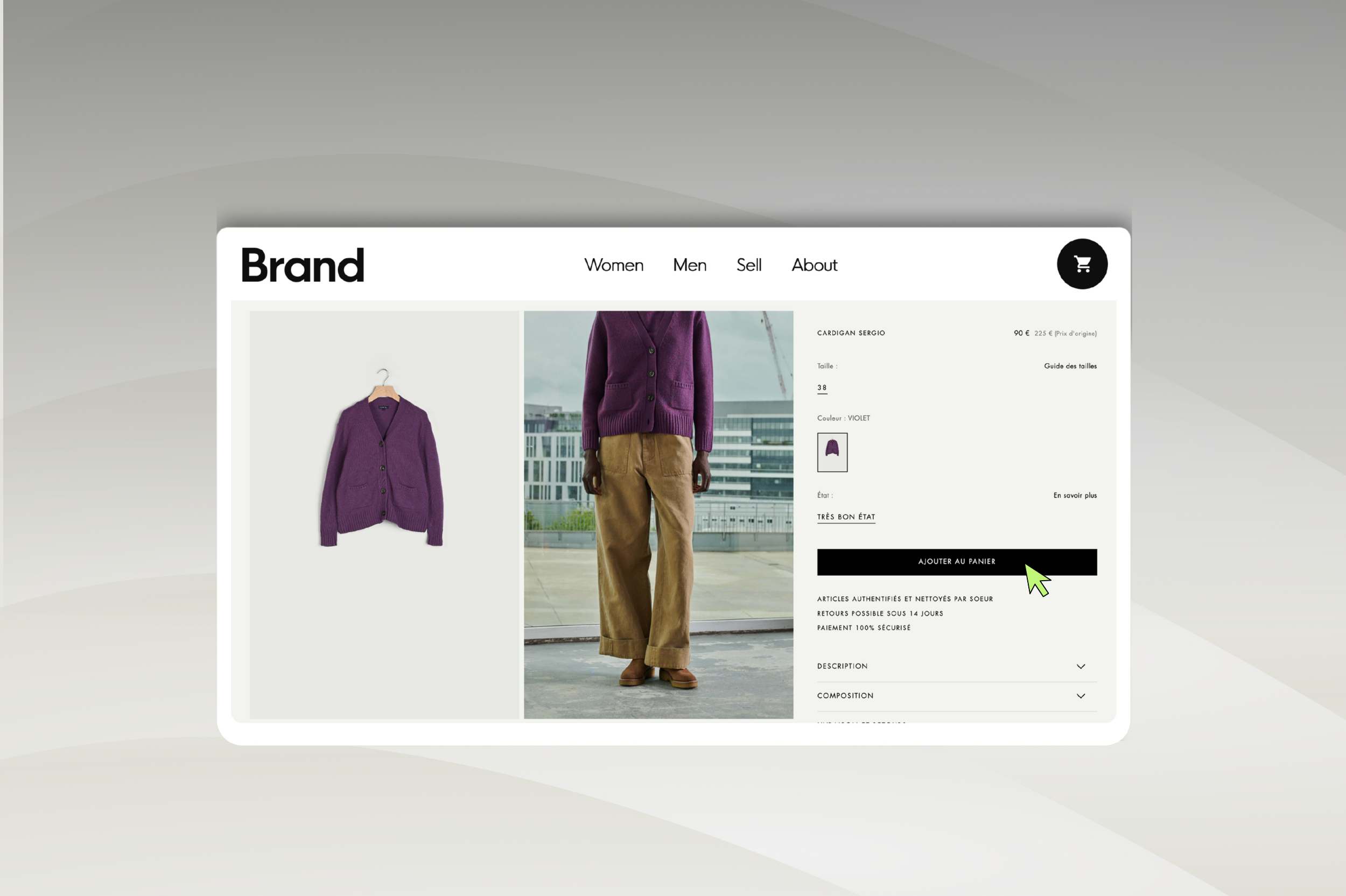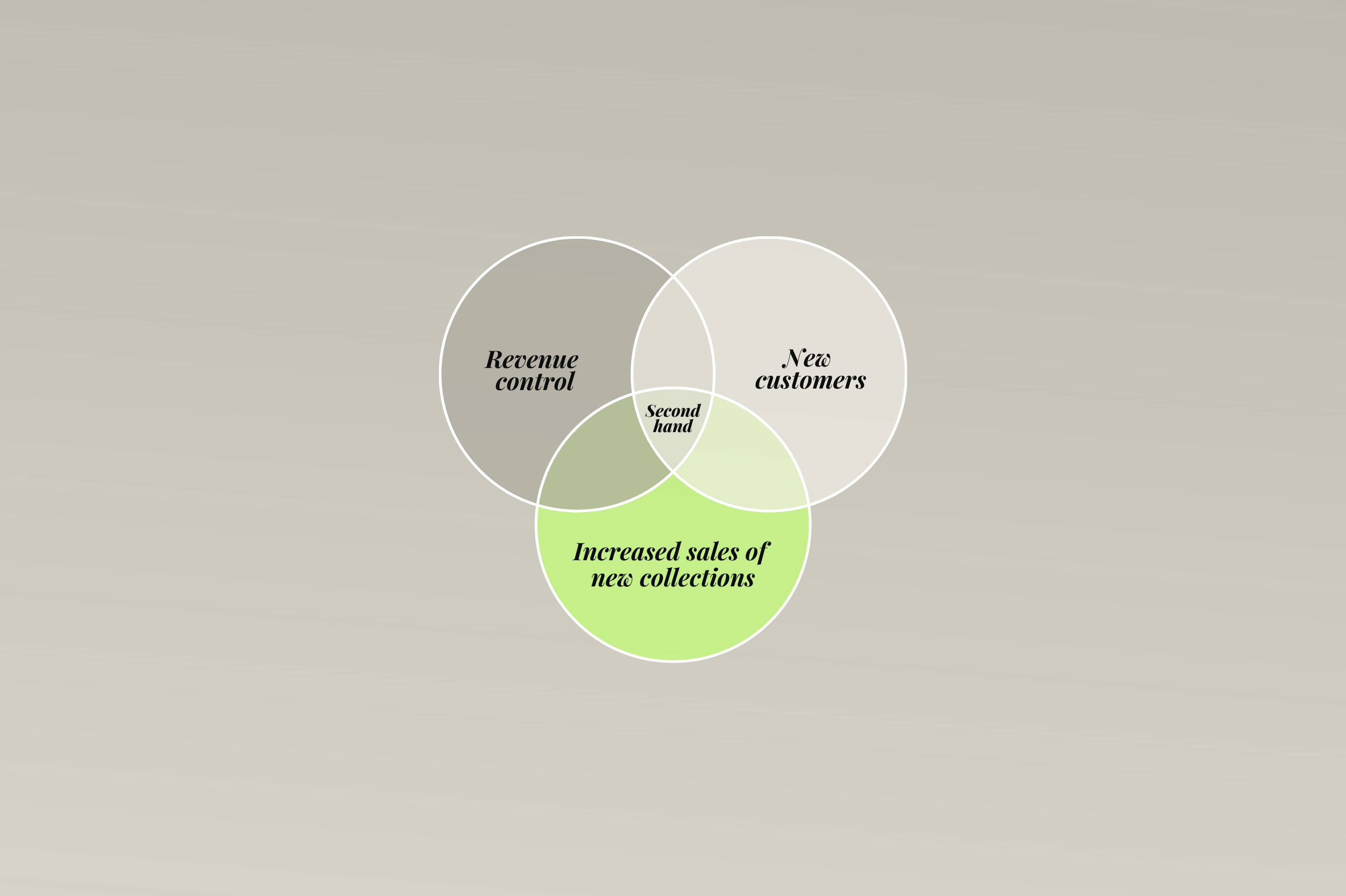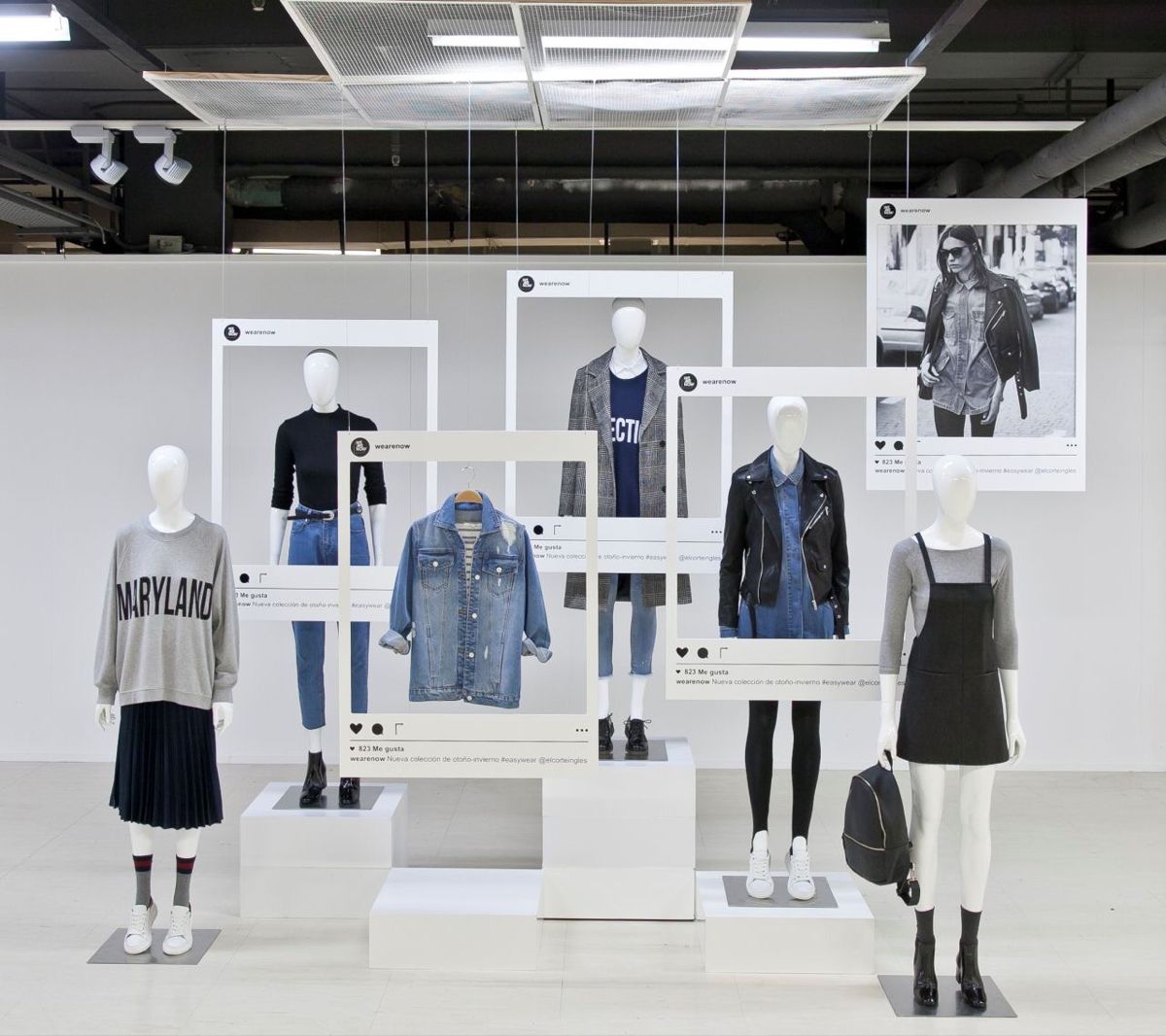RESALE by FAUME: The growth accelerator your brand needs

80% of brands still haven’t launched their resale solution and here’s what the 20% who have already understood: resale is a proven growth engine you can’t afford to wait on.
Indeed, resale provides:
- A virtuous circle that reactivates loyal clients while attracting new ones
- A strategic imperative in a rapidly shifting market
- Full control over your brand (while you can)
1. A virtuous circle that reignites loyal clients and brings new ones in
The biggest fear brands have is that launching a resale solution will make them lose customers, but in reality, it helps them gain new ones while strengthening loyalty among their existing audience.
- Retain your loyal first-hand clientele: they resell their items, receive a voucher, and reinvest it in a new first-hand purchase.
- Aquire a younger clientele: new customer segment is attracted, one that usually isn’t part of the first-hand audience (prices too high, habits on Marketplaces like Vinted and Vestiaire Collective)
Key takeaway: launching a resale offer does not shift first-hand buyers into second-hand. It strengthens loyalty and first-hand revenue through vouchers, while generating additional income from a completely different customer base.
2. A Strategic Imperative in a Shifting Market
“74% of consumers have purchased or plan to purchase second-hand items” (ZipDo). That being said, let’s explore the two main factors behind this trend.
- Declining purchasing power: both consumers and businesses are feeling the squeeze. In France, household purchasing power is projected to fall by 1.2% between 2022 and 2024 (BFMTV.com). With inflation still elevated in many regions and real‑income growth weak, consumers are more cautious with their spending, making value‑driven solutions like resale increasingly relevant for brands looking to engage and retain customers.
- The rise of marketplaces: Second-hand marketplaces are booming, capturing new customers who might otherwise have purchased directly from your brand if it had a resale solution. Most shoppers on these platforms aren’t your existing buyers of new collections. In fact, two‑thirds (66 %) of European shoppers say they enjoy hunting for deals on second-hand items (EU About Amazon).Instead, they are new audiences with distinct motivations:
- Young professionals looking for great deals
- Collectors and lovers of unique pieces
- Sustainability-conscious consumers (24 % of global shoppers are driven by environmental concerns - Euromonitor)
3. A full control of your brand (while you can)
When you take ownership of your own second-hand channel, you gain far more than just revenue and new customers, but to achieve that, you first need to build your own resale offering, taking back control in the process.
- Protect your brand : your products don’t get lost among thousands on third-party marketplaces, and you guard against counterfeiting.
- Deliver a premium experience : fully aligned with your brand standards.
- Gain valuable insights : understand who sells, what products, at what price, and who buys them, while controlling your brand story, customer experience, and user data.
All this data can fuel decisions in collection planning, merchandising, and CRM, at a low cost, since it drives organic growth without the need to invest in Google or Meta advertising.
There’s a real and growing demand for second‑hand, whether brands embrace it or not. Third‑party platforms have already mastered the art of capturing that value. In France, the platform Vinted has even become the top clothing retailer by volume, out‑selling major brands and traditional retailers (such as Zara and H&M).
So the real question isn’t “Should we do it?” It’s “How much longer will we let others profit from our products, our brand, and our customers?”
Worried about cannibalization? You can manage that (adjust pricing, reach new segments, refine your strategy) ; what you can’t do is regain control once your products are circulating on someone else’s marketplace.
Experience it yourself → Book a demonstration
See how Faume’s technology empowers leading brands to launch and scale their resale programs with ease.
Book a personalized demo with our team and discover how quickly your resale solution can go live, seamless, efficient, and built for measurable growth.
Stay ahead of the game!
Sign up to FAUME's The Secondhand Review newsletter
Read inspiring stories from brands that have successfully launched their secondhand businesses with FAUME







